The transformation of dinosaurs into birds represents one of the most fascinating evolutionary journeys in Earth’s history. This remarkable transition from earth-bound reptiles to masters of the air didn’t happen overnight but unfolded across millions of years through countless incremental adaptations. Today’s birds—with their hollow bones, feathered bodies, and remarkable flight capabilities—are living dinosaurs, the sole survivors of a lineage that dominated our planet for over 165 million years. The story of how small, nimble dinosaurs gradually conquered the skies illuminates the incredible adaptability of life and the complex pathways of evolution. It challenges our understanding of what makes a bird a bird and invites us to see the humble sparrow or majestic eagle through new eyes—as the living legacy of creatures that once ruled the prehistoric world.
The Dinosaurian Origin of Birds: Settling a Century-Long Debate

The connection between dinosaurs and birds was first proposed in the 1860s by Thomas Henry Huxley, who noted striking similarities between the skeleton of small theropod dinosaurs and Archaeopteryx, the earliest known bird-like fossil. Despite this early insight, the dinosaur-bird connection remained highly controversial for over a century, with many scientists favoring alternative evolutionary hypotheses. The debate was essentially settled in the 1990s with discoveries of feathered dinosaur fossils from China’s Liaoning Province, which provided irrefutable evidence of the dinosaurian ancestry of birds. These remarkably preserved specimens showed non-avian dinosaurs with a variety of feather types, confirming what many paleontologists had long suspected—birds didn’t just evolve from dinosaurs; they are literally living dinosaurs, specifically descendants of small, carnivorous theropods. Today, the dinosaurian origin of birds represents one of the most well-supported evolutionary transitions in the fossil record.
Feathers Before Flight: The Non-Aerial Origins of Plumage

Contrary to popular belief, feathers did not evolve initially for flight but served various other functions in early dinosaurs. The earliest feather-like structures appeared in dinosaurs around 200 million years ago, long before any creature took to the air, and resembled simple filaments or “proto-feathers” rather than the complex structures seen in modern birds. These primitive feathers likely evolved first as insulation, helping dinosaurs regulate their body temperature—a function they still serve in birds today. In some dinosaur lineages, feathers developed more complex structures and vivid colors, suggesting roles in display, species recognition, and mating rituals. Parental care represents another probable function, with feathered adults sheltering eggs and young beneath a protective plumage cover. The evolution of feathers illustrates how structures can arise for one purpose and later be repurposed or “exapted” for entirely different functions—in this case, eventually enabling powered flight in the ancestors of modern birds.
Archaeopteryx: The Iconic Transitional Fossil
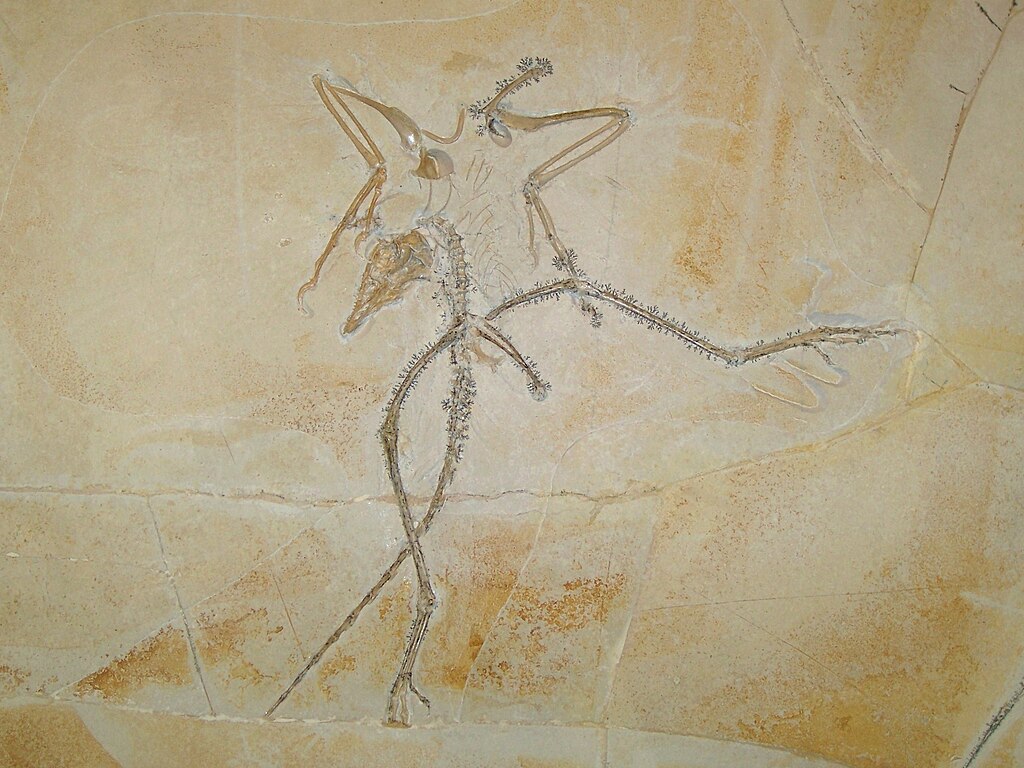
Discovered in the limestone deposits of southern Germany in 1861, Archaeopteryx lithographica remains one of paleontology’s most significant finds—a creature seemingly caught in the act of becoming a bird. Dating to approximately 150 million years ago during the Late Jurassic period, Archaeopteryx possessed an intriguing mixture of reptilian and avian features that made it the perfect example of an evolutionary transition. Like modern birds, it had wings, feathers, and a wishbone, but it retained many dinosaurian characteristics, including teeth, a long bony tail, and three-fingered claws on each wing. Roughly the size of a crow, Archaeopteryx had feathers essentially identical in structure to those of modern birds, yet its skeleton remained predominantly dinosaurian. While long considered the earliest bird, most paleontologists now view Archaeopteryx as a transitional form between non-avian dinosaurs and true birds, highlighting the gradual nature of evolutionary change rather than representing a discrete “missing link” in avian evolution.
The Rise of the Maniraptorans: The Dinosaur Group That Gave Rise to Birds

Birds didn’t evolve from just any dinosaurs but specifically from a group of theropods called maniraptorans, whose name means “hand snatchers” due to their distinctive forelimbs. These predominantly small-bodied, carnivorous dinosaurs included familiar names like Velociraptor and less well-known but critically important forms like Microraptor and Anchiornis. Maniraptorans possessed several anatomical features that presaged avian characteristics, including wrist joints that could fold sideways against the body (crucial for the wing-folding mechanism in birds), three-fingered hands, hollow bones, and in many cases, extensive feather coverings. The maniraptoran body plan underwent progressive modifications over millions of years, with trends toward smaller body size, enlarged brains relative to body mass, more forward-facing eyes, and reduced tails. These adaptations weren’t initially for flight but created a body plan that ultimately proved adaptable for aerial locomotion. Interestingly, this group’s success wasn’t limited to those lineages that evolved flight—non-flying maniraptorans thrived alongside their flying relatives until the end-Cretaceous extinction.
Miniaturization: The Critical Size Reduction That Enabled Flight

One of the most crucial trends in the dinosaur-to-bird transition was dramatic miniaturization, as the ancestral lineage leading to birds underwent substantial body size reduction. While many dinosaurs evolved enormous proportions, the theropod lineage that would eventually produce birds moved in the opposite direction, with body masses decreasing by several orders of magnitude over millions of years. Paleontologists have documented this sustained evolutionary trend toward smaller sizes in the fossil record, with many bird-adjacent dinosaurs shrinking to weights of just a few kilograms or less. This miniaturization proved essential for flight evolution, as smaller bodies require less power to become airborne and can be supported by smaller, more feasible wing areas. The size reduction also correlated with other avialan adaptations, including relatively larger brains, changes in growth patterns, and metabolic modifications. Some researchers have proposed that this miniaturization may have been driven by the advantages of occupying ecological niches unavailable to larger dinosaurs, potentially including arboreal (tree-dwelling) habitats that eventually facilitated experiments with gliding and powered flight.
From Running to Gliding: Competing Theories of Flight Evolution
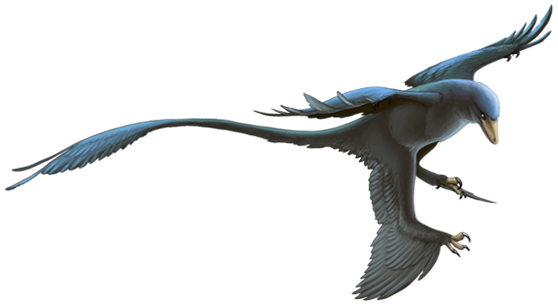
How dinosaurs first took to the air has generated vigorous scientific debate, with two main competing hypotheses dominating discussions for decades. The “ground-up” or cursorial theory suggests that flight evolved in ground-dwelling dinosaurs that used their feathered forelimbs for balance while running, eventually developing the ability to make brief aerial excursions that lengthened over evolutionary time. In contrast, the “trees-down” or arboreal theory proposes that flight originated among tree-dwelling dinosaurs that initially used feathered limbs for gliding between branches, gradually evolving the muscular capacity for powered flight. The discovery of dinosaurs like Microraptor, with feathers on all four limbs forming a biplane-like configuration ideal for gliding, initially seemed to support the trees-down model. However, recent evidence suggests that both mechanisms may have contributed to flight evolution, with ground-dwelling dinosaurs using wings for various non-flight functions before some lineages became specialized for aerial locomotion. The evolution of flight likely represents a complex adaptive landscape where different species explored various locomotor strategies rather than following a single pathway.
Four-Winged Wonders: Microraptor and the Experiments in Early Flight
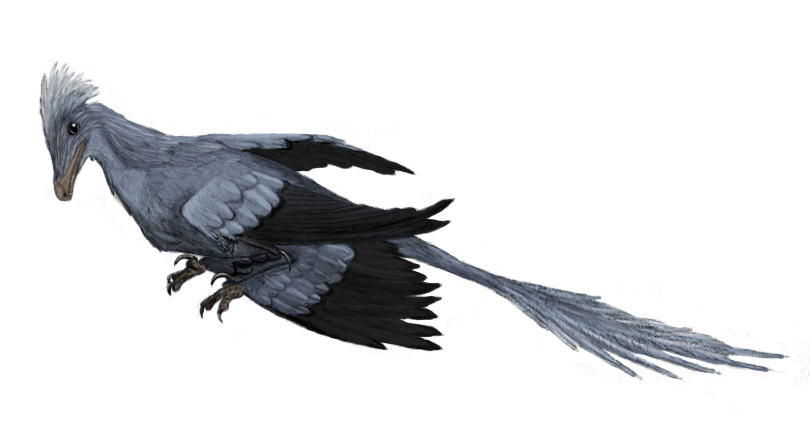
The discovery of Microraptor gui in 2003 revolutionized our understanding of flight evolution by revealing a bizarre four-winged configuration never before documented in the fossil record. This crow-sized dinosaur from Early Cretaceous China (approximately 120 million years ago) possessed long flight feathers not only on its arms but also on its legs, effectively creating a biplane-like arrangement that would have enabled sophisticated gliding capabilities. Careful studies of Microraptor’s anatomy suggest it was primarily arboreal, likely using its four wings to glide between trees in a manner similar to modern flying squirrels. Wind tunnel experiments with Microraptor models indicate it was an efficient glider capable of stable flight over considerable distances. Intriguingly, Microraptor wasn’t directly ancestral to modern birds but represents one of several evolutionary “experiments” with aerial locomotion within dinosaur lineages. The presence of these four-winged dinosaurs indicates that flight evolution wasn’t a straightforward progression but included evolutionary side branches and alternative configurations before the modern avian body plan became established. The later reduction of hindlimb wings in the bird lineage likely reflects specialization for more efficient powered flight and improved terrestrial locomotion.
Lightweight Construction: Skeletal Adaptations for Taking Wing

The dinosaur-to-bird transition involved profound modifications to the skeletal system, gradually transforming heavy reptilian bones into the lightweight but strong framework necessary for flight. The most critical adaptation was the evolution of hollow, air-filled bones—a feature actually present in many non-avian theropod dinosaurs but taken to an extreme in the bird lineage. This pneumatization significantly reduced skeletal weight while maintaining structural integrity through a system of internal struts and braces. Another key innovation was the fusion of various bones, including the transformation of separate wrist elements into a single rigid carpometacarpus that provides a stable attachment point for flight feathers. The sternum (breastbone) gradually expanded into the pronounced keel seen in flying birds, providing attachment surfaces for powerful flight muscles. Simultaneously, the tail shortened dramatically through the reduction of vertebrae and eventually evolved into the compact pygostyle that anchors tail feathers in modern birds. These skeletal modifications occurred incrementally over millions of years rather than as a sudden transformation, allowing paleontologists to trace the gradual refinement of the avian body plan through successive fossil forms.
Metabolic Revolution: Hot-Blooded Dinosaurs Take Flight
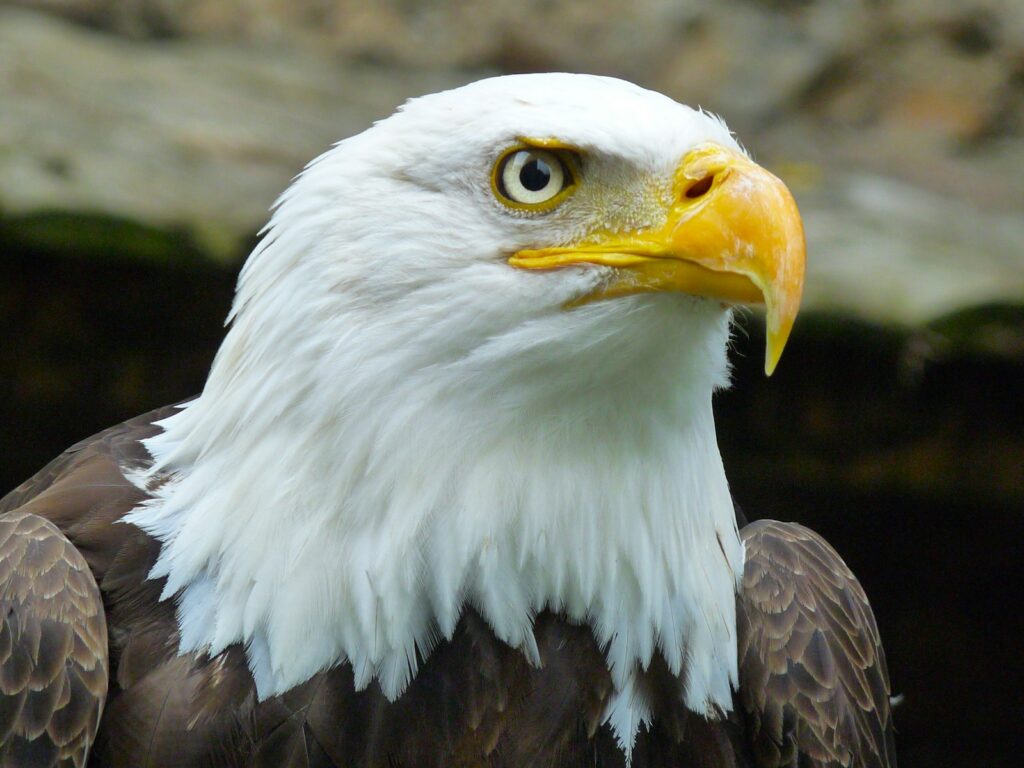
Powered flight demands extraordinary energy output, necessitating the high metabolic rates characteristic of modern birds. Contrary to traditional views of dinosaurs as sluggish ectotherms (“cold-blooded” animals), substantial evidence now indicates that many theropod dinosaurs, including those directly ancestral to birds, already possessed elevated metabolic rates and some degree of endothermy (“warm-bloodedness”). Multiple lines of evidence support this conclusion, including the presence of insulating feathers, bone microstructure showing rapid growth rates, and the preserved positions of many dinosaur skeletons indicating active postures rather than sprawling reptilian stances. The evolution of unidirectional air flow through the respiratory system—a unique feature shared by birds and their dinosaurian ancestors—allowed for more efficient oxygen extraction than the bidirectional breathing of most reptiles. This respiratory innovation, combined with the four-chambered heart that likely evolved in early archosaurs (the group including dinosaurs, pterosaurs, and crocodilians), provided the physiological foundation necessary for sustained powered flight. The elevated metabolism of bird-like dinosaurs would have been further advantageous for maintaining high activity levels regardless of environmental temperatures, offering significant competitive advantages even before the evolution of flight.
Conquering the Night Sky: The Evolution of Avian Visual Systems
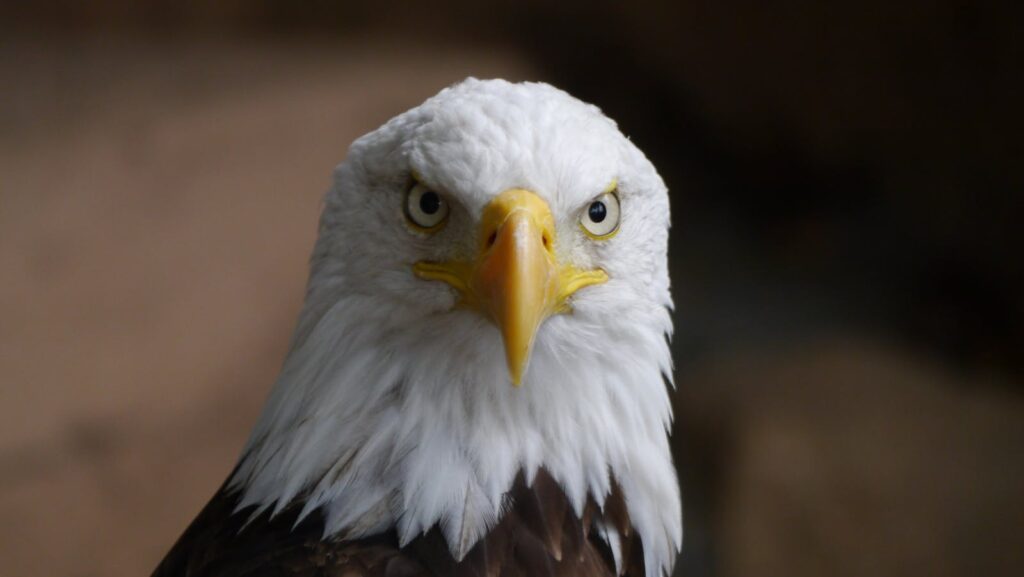
The transition from ground to air also involved remarkable adaptations in sensory systems, particularly vision, which became increasingly specialized in the lineage leading to birds. Fossil evidence reveals a trend toward larger eye sockets relative to skull size in bird-adjacent dinosaurs, indicating enhanced visual capabilities critical for aerial navigation. Studies of the scleral rings (bone structures surrounding the eye) in fossil specimens suggest that many bird-like dinosaurs possessed excellent vision and some may have been adapted for activity during low-light conditions or even at night. The evolution of color vision and tetrachromacy—the ability to perceive four primary colors including ultraviolet—likely began in dinosaurs and was refined in birds, enabling complex recognition of conspecifics, predators, prey, and suitable habitats. Brain endocasts (molded from the interior of fossil skulls) demonstrate that visual processing regions expanded dramatically in the dinosaur-to-bird transition, paralleling the sensory demands of flight. These neurological changes, combined with overall brain expansion relative to body size, equipped early birds with the cognitive and perceptual capabilities necessary for processing the three-dimensional information required to navigate through complex aerial environments at high speed.
Parental Care: Nesting Behaviors That Preceded Modern Birds

The extraordinary parental investment observed in modern birds, who typically invest significant energy in nest building, egg incubation, and post-hatching care, has deep evolutionary roots in their dinosaurian ancestors. Fossil evidence has revealed numerous examples of non-avian dinosaurs engaged in brooding behaviors remarkably similar to those of living birds. The discovery of adult oviraptorids positioned directly atop egg clutches with their limbs symmetrically arranged around the nest perimeter provides compelling evidence that these dinosaurs died while incubating their eggs. Additional specimens show multiple juveniles preserved alongside adults, suggesting extended post-hatching parental care. Microscopic examination of dinosaur eggshells has revealed porous structures that would have required regulation of temperature and humidity by attending parents, further supporting the existence of brooding behaviors. These caregiving adaptations likely emerged as a consequence of increasingly complex reproductive strategies and may have provided a foundation for the social behaviors observed in many modern birds. The long-standing parental tradition among theropod dinosaurs underscores that many supposedly “avian” behaviors actually evolved long before the appearance of creatures we would recognize as birds.
When Did Birds Become Birds? Defining the Transition
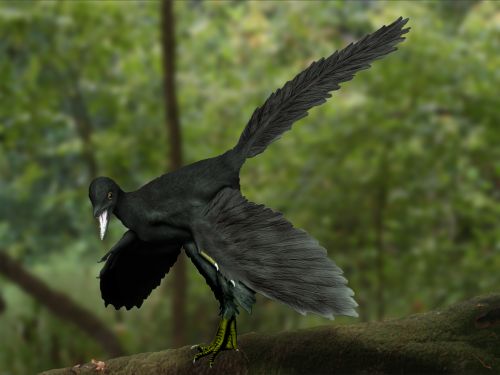
Drawing a precise line between non-avian dinosaurs and birds presents a significant challenge for paleontologists, as the transition occurred gradually across millions of years with no clear demarcation point. Various defining characteristics have been proposed, including the presence of a reversed hallux (backward-pointing toe for perching), a fully developed pygostyle, the ability for powered flight, or specific arrangements of flight feathers. However, these features didn’t evolve simultaneously, with different “bird-like” characteristics appearing at different times and in different lineages. Modern taxonomic approaches typically define birds (Aves) as the most recent common ancestor of Archaeopteryx and living birds, plus all its descendants, though some classifications use alternative definitions. From a cladistic perspective, birds represent a specialized subgroup within theropod dinosaurs rather than a separate class of vertebrates, making all birds dinosaurs by definition. The gray area between “dinosaur” and “bird” continues to shrink as new fossils are discovered, revealing an increasingly fine-grained picture of the many intermediate forms that existed during this evolutionary transition. This continuity underscores that nature rarely produces the distinct categories humans prefer for classification, instead generating diversity through gradual modifications over time.
Survivors: How Birds Outlived Their Dinosaurian Relatives

The end-Cretaceous mass extinction event 66 million years ago eliminated approximately 75% of all species on Earth, including all non-avian dinosaurs, yet birds somehow survived this catastrophic episode. Their survival represents an evolutionary puzzle that researchers continue to investigate, with several potential factors contributing to their resilience. The small body size of early birds may have been advantageous, requiring less food during the post-impact period when photosynthesis was severely disrupted by atmospheric dust and debris. Their ability to fly likely allowed birds to escape localized disasters and access food resources across wider areas than their Earth-bound relatives. Dietary flexibility, with many early birds capable of consuming seeds—a food resource that would have remained available even after significant vegetation die-off—may have provided critical sustenance during the extinction aftermath. Recent studies suggest that ground-dwelling birds suffered disproportionate extinction rates compared to their tree-dwelling counterparts, indicating that forest habitats may have offered some protection from the immediate effects of the impact. The birds that survived the extinction bottleneck—primarily members of the neornithine lineage (ancestors of modern birds)—subsequently underwent an explosive adaptive radiation, diversifying into the approximately 10,000 species that inhabit our planet today, representing the last living members of a dinosaur lineage that has existed for over 230 million years.
Conclusion
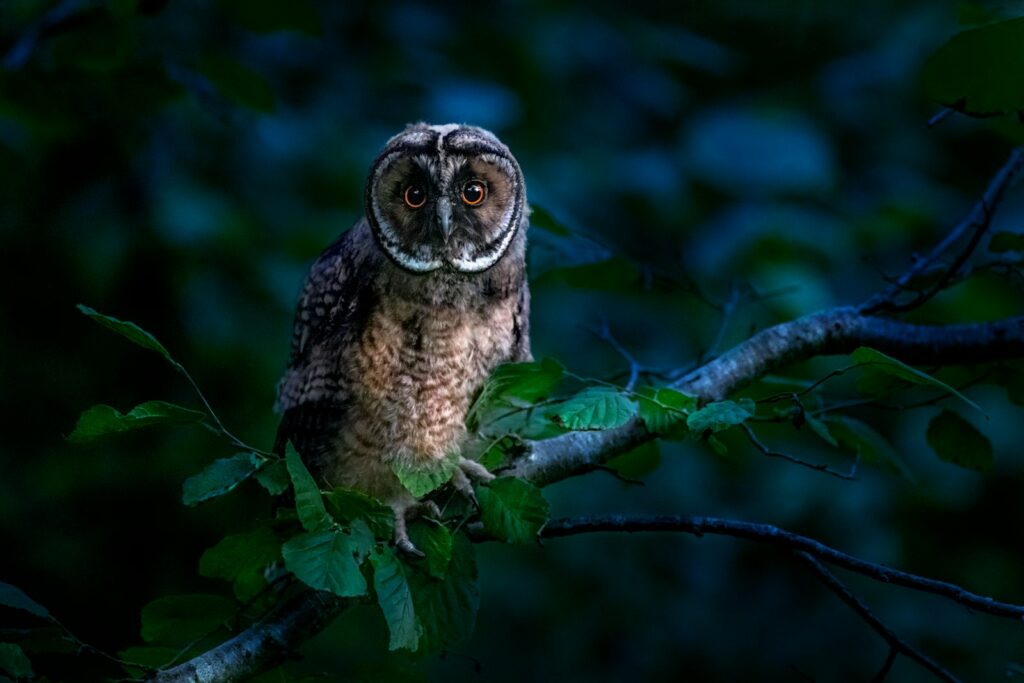
The transformation of dinosaurs into birds stands as one of evolution’s most magnificent achievements—a process spanning tens of millions of years that turned terrestrial reptiles into the masters of aerial locomotion. This transition wasn’t the result of a single mutation or adaptation but rather the accumulation of countless incremental changes affecting almost every aspect of these animals’ biology, from their skeletal structure and metabolism to their reproductive strategies and sensory capabilities. The rich fossil record of this evolutionary journey reminds us that the boundaries between major groups of organisms are often blurrier than they appear in textbooks, with “transitional forms” not representing oddities but the expected pattern of gradual transformation.



